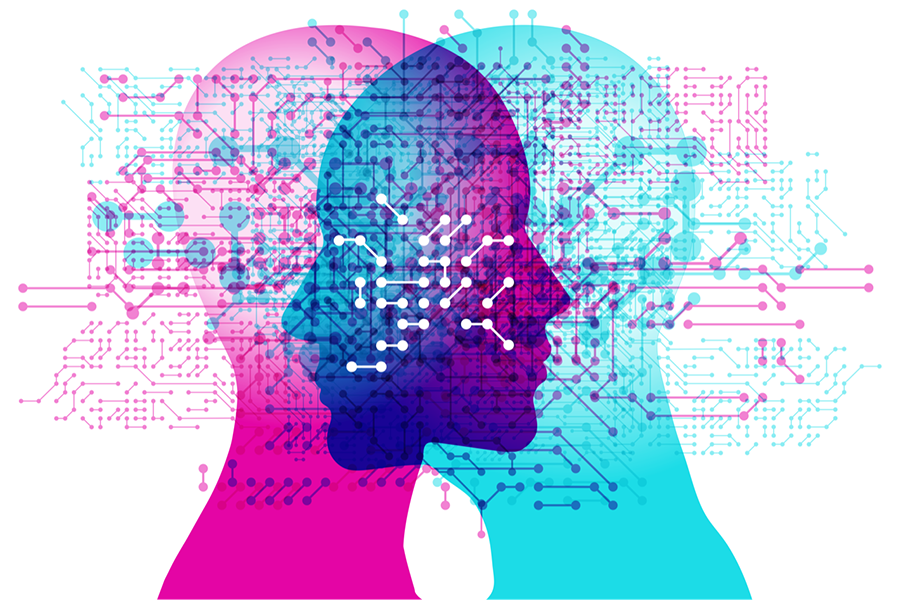
Diversity Proves Key in Optimization
By Staff writer
Media InquiriesAs intelligent systems, like the ones found in autonomous vehicles, drones, and robots, become more relevant in today's world, engineers are constantly looking for new ways to optimize these emerging technologies to mimic the miraculous capabilities of humans. Now, researchers at Carnegie Mellon's (CMU) Electrical and Computer Engineering Department (ECE) are laying the framework to make this a reality.
Human brains and computers share commonalities but have stark contrasts. Both use electrical signals and complex architectures to communicate information. However, while computers are built using powerful hardware, our brains are vastly more robust and flexible.
“When we look at the hardware, humans have slower sensing, communication, and actuation capabilities than a computer. However, when we look at the system behaviors using this hardware, humans have a much quicker and more accurate response than autonomous systems,” says Yorie Nakahira, assistant professor of electrical and computer engineering.
Nakahira says the topic has received little attention in the past due to a disconnect between sensorimotor control at the system level and neurophysiology at the component level researchers within the field of neuroscience.
“It is difficult to use experimental approaches to establish a unifying view of the component and system levels because we cannot invasively change the wiring of human brains. But a control theory model can be developed to understand their connections.”
The control theory model shows that human nervous systems use highly effective layered architecture in the sensorimotor control system to minimize the harmful effects of delays and inaccuracies in biological components. To better understand the makeup that leads to these effective architectures, Nakahira and a team of researchers developed a theoretical framework that links the component speed-accuracy trade-offs (SATs) with system SATs, characterizing the system performance of a layered control system.
To test this, they untangled the layered architecture used when a human rides a mountain bike on an unfamiliar, bumpy trail, an activity that requires both balance and coordination between their eyes and bodies.
While one part of the system, known as the oculomotor control, is responsible for what the rider sees, the lateral position control accounts for balance as the rider compensates for bumps and executes turns. Working together, the systems enable riders to complete the trail successfully.
Results show that diversity within human architectural layers enables fast and accurate sensorimotor control despite slow or inaccurate components. This phenomenon, which they term “diversity-enabled sweet spots (DESSs),” explains and links the extreme heterogeneities in nerve fiber sizes and numbers at the component level to the robust performance in sensorimotor control.
To help explain DESSs, Nakahira compares the phenomena to modes of transportation. While airplanes are one of the quickest ways to travel, they are forced to land at airports or on runways instead of a particular location, rendering them inaccurate. Driving a car is a much slower way to travel, but the ability to park in a nearby lot brings you much closer to your destination. And while walking is the slowest way to get somewhere, it provides pinpoint accuracy. Alone, each component has its own SATs, and a transportation method that is as fast as an airplane and as accurate as walking would be prohibitively expensive to build. However, when we combine the different modes of transportation, we can arrive at our target location quickly and accurately.
While DESSs are present in many different systems, including efficient learning, immune system responses, and walking and balance, Nakahira believes there are many DESS areas yet to be discovered and says this research is the first step in unlocking the many techniques the human body uses to achieve optimization.